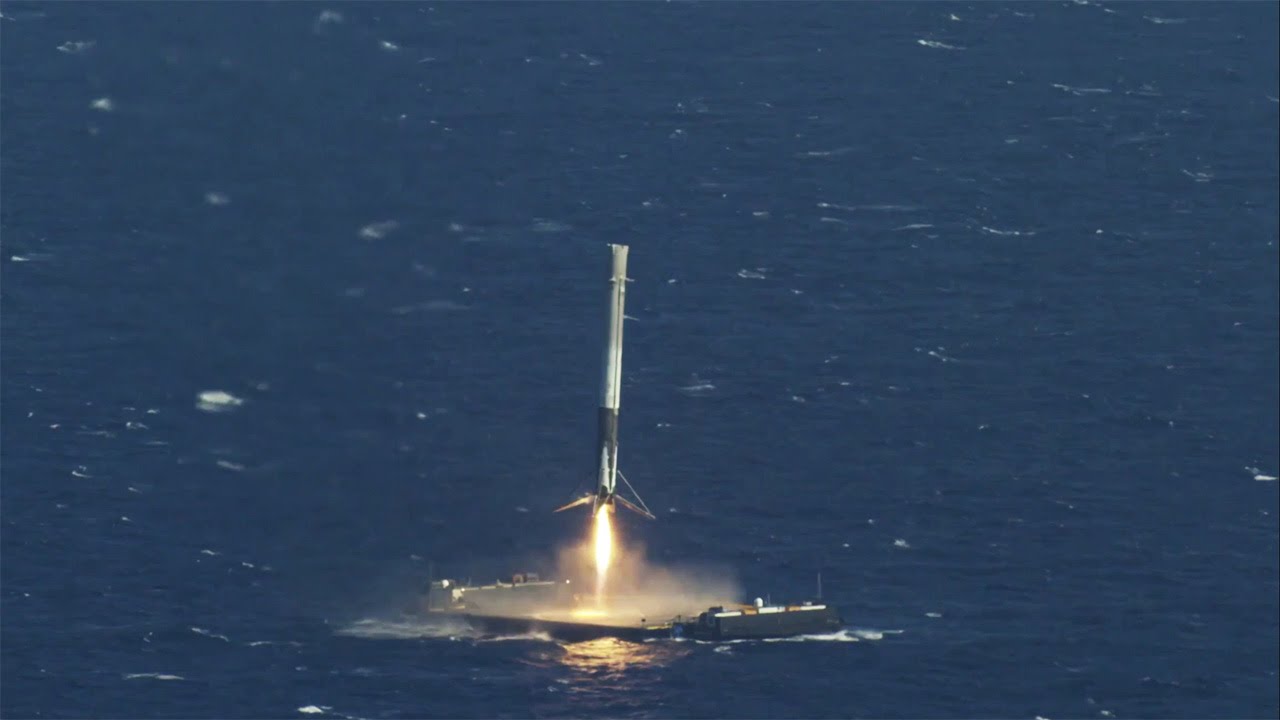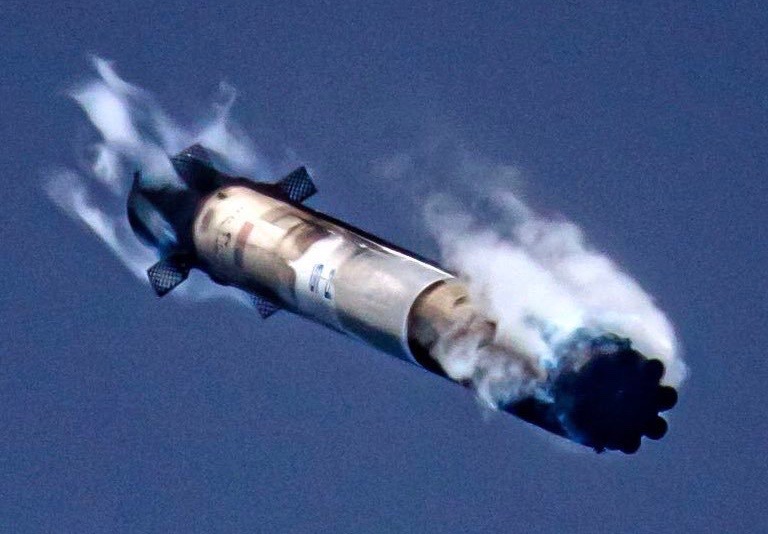Inroduction
SpaceX is a private company founded in by Elon Musk. The company has more than 6,000 employees across locations, including its headquarters in Hawthorne, CA; launch facilities at Cape Canaveral Air Force Station, FL; Kennedy Space Center, FL; and Vandenberg Air Force Base, CA; a rocket development facility in McGregor, TX; and offices in Redmond, WA; Irvine, CA; Houston, TX; Chantilly, VA; and Washington, DC. SpaceX has suppliers in all 50 states.





